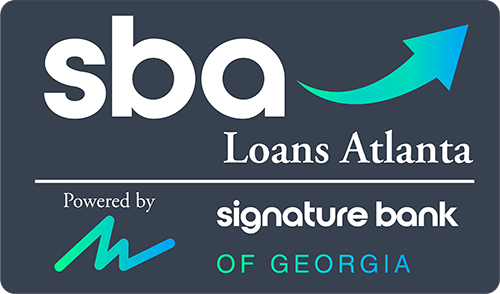It is a sad reality that by the end of their second year, 30% of businesses will have failed. However, when you have a burning ambition and a great project for the market, these just become numbers. So how do you ensure your passion does not turn you into a statistic?
The way to do that is to get a solid plan in place, making sure it is one that will get the right lenders interested. Read on as we discuss how to make a plan for business funding.
Executive Summary
The executive summary should be a neat and succinct introduction and overview of the business. It should tell people why the business will be successful, and why they should invest or loan you money.
You don’t need to go into too much depth here. All of the financials and projections can be done in the designated section. All you need are the key takeaways, placing emphasis on the potential profit.
For this reason, it often helps to do the executive summary after the rest of the plan. That way, you will have all of your calculations. You may also have changed or improved other elements during the creation of the plan itself.
Company Description
The company description gives you the chance to extrapolate the summary and give your business plan a little more detail. Here, you are providing a narrative. Tell the reader who your company is and how they got to this point.
A lot of the general details can also go here when starting a business. Explain who you are, where you are based, and how you can be reached. It may help to say who is the manager and other important people in the company.
Market Analysis
The market analysis section is where you show you know your industry. Start with an overview of the sector, its revenues, and potential for future growth.
After this, you need to convince lenders that the world needs your service or product and that there is currently a demand for it. Show how it fits into the industry, what it will provide and what makes your company unique.
All of this should be backed up by data that is cited. If you need to invest in quality market data and research, then do so. This backs up any argument the lender may have about the validity of the demand for the product.
Organization and Management
Similar to the company description, this section lets you add more detail to who runs the company and how it is structured. When starting a business, it is very important as it lets you give the experience and qualifications of the people involved.
Begin by telling the reader what type of legal entity the company is. You should have researched this thoroughly, as it has a huge bearing on tax and how your finances will work.
After this, say who is in charge of the company. Detail their experience and do the same with other high-ranking figures.
Marketing
Your marketing plan is arguably one of the most important parts of the general operation of your business. If you don’t market your company, people will not know you exist. This means no leads or conversions.
Marketing is a much bigger area than you may expect. Don’t be afraid to hire a third party to deal with this for you and be honest about it. As long as you factor this into the business costs it will not impact your ability to get a loan.
Service and Product
This is the section in which you get into depth about the product or service. Make sure you break down costs of manufacture or testing. Describe how much it will sell for and why consumers would be willing to pay that amount, as well as how often they will need to buy another.
Funding Request
This is the section where you pitch for your startup capital, loans, and investments. Be as clear and detailed as possible here, stating how much you need, what it will be used for and the impact it will have.
Crucially, if you are seeking funding you should also explain how you plan to pay back the loan. Address any outstanding debt you have and show that this is being paid off in a controlled and timely manner.
Financial Projections
This is the most important detail when writing a business plan. You may even find lenders skim the rest of the plan and go straight to this section. This means it needs to be perfect.
Make sure all of your finances are clear. Discuss your assets, liabilities, and other areas of interest. Balance sheets, cash flow statements with profit and loss should all be provided.
If you have already been in business, then you should have financial data in place. Use this to back up your claims, and be completely honest about it. You are more likely to get a loan approved if you have been in business already.
For brand new companies, always be realistic about projected turnover. The lender will go away and do some research about this anyway, so there is very little to gain from stretching the truth.
Appendix
There are a number of important documents you should provide to back up the authenticity of your plan. These may include permits, licenses, qualifications, resumes, and statements. However, placing them in the body can often bloat the document and ruin the flow, so an appendix is the best option.
Finding Business Funding
Once you have your plan, you just need to find someone to provide business funding. Be sure to shop around and don’t just go with the first lender you encounter.
For small business owners in Georgia, the Signature Bank of Georgia should be your first stop. We are distinctly different, providing competitive interest and quick decisions. Contact us here to get a small business boost and reach your potential.


